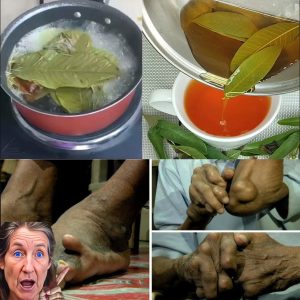Fig Milky Sap: Nature’s Hidden Treasure
For centuries, fig trees have been revered not just for their sweet fruits, but for their mysterious milky sap—also known as latex. I collect this precious white substance in a small bottle because it holds remarkable value, both scientifically and culturally. From ancient Mediterranean remedies to modern herbal practices, fig sap has played a surprising role in skincare, digestion, and natural healing. It may seem simple, but each drop contains powerful compounds with real benefits.
A Natural Skin Remedy with Proven Effects
Scientific studies have shown that fig latex contains proteolytic enzymes like ficin, which can help remove warts, treat skin tags, and gently exfoliate dead skin cells. I apply it with care using a cotton swab, and over time, it has become my go-to natural remedy for minor skin imperfections. Unlike chemical-laden creams, fig sap is pure and requires only a tiny amount, which is why a small bottle is more than enough to last me months.
Tradition Meets Modern Wellness
In many cultures, fig sap has been used as a digestive aid, immune booster, and even a treatment for parasites. Collecting and preserving it in small amounts allows me to honor these traditions while exploring their relevance today. Whether it’s a dab on a blemish or a few diluted drops added to a homemade remedy, this age-old practice continues to offer relevance in the age of wellness trends and plant-based living.
Sustainable, Free, and Full of Purpose
One of the best things about fig sap is how accessible and sustainable it is. I simply collect it from the fresh stems or leaves of fig trees in my garden—no processing, no additives, and no waste. By keeping it in a small bottle, I’m reminded to use it mindfully and appreciate nature’s gifts. In a world of over-packaged products and synthetic solutions, fig sap offers a return to simplicity—one powerful drop at a time.




